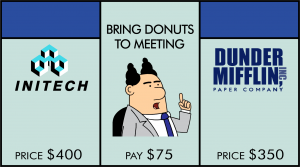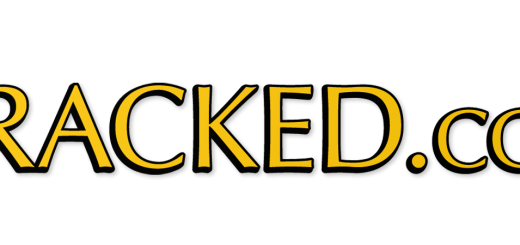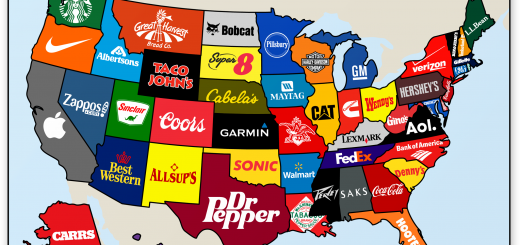Improv at the Workplace
In improvisational comedy (“improv”), the cardinal rule is “yes and“. Each comedian on stage builds on the previous performer’s idea. Using this method, you can take any simple situation and turn it in to an absurd farce. Improv at the workplace is good for comedy, but bad for business.
The Problem with Saying Yes
Most people hate saying no. We often go out of our way to make sure that people don’t feel bad. And while civility is a good thing, always saying yes to people can hinder the creative process.
Suppose Bob’s Toasters is designing a new logo. First they start with a simple line drawing of a toaster and the words “Bob’s Toasters”. But Liz mentions that they also make toaster ovens, so they add a toaster oven. Fred says it looks too much like a microwave, so they add dials and a piece of toast. But Arthur thinks it still looks too much like a microwave at small sizes, so they add a tag line “Making toasters and toaster ovens.” Then Bob wonders out loud if the tag line is too restraining, so they change it to “Manufacturing toasters, toaster ovens, small kitchen appliances and more, since 1985.”
Saying No While Brainstorming
You get the idea. And here’s the thing. There’s nothing wrong with brainstorming all of these ideas. Maybe a toaster oven in the logo is a better way to go. Who knows? But unless someone vetoes the bad ideas, everything will compound until you’re left with an unholy monstrosity.
That’s why “yes and” makes for good comedy. Absurd mashups of conflicting ideas is always good humor, and almost always bad business.









3 Responses
[…] it. But even the seal is awful. It has that “designed by committee” look, where people keep adding things, afraid to step on anyone else’s […]
[…] the subtle, seductive forces Of groupthink and bureaucracy Creativity grows and even thrives If you know how to grow […]
[…] We started the morning off with some simple ice breakers, with elaborate hand-shakes and short improv exercises. Then we broke up into teams and did problem-solving activities. After that, the event […]